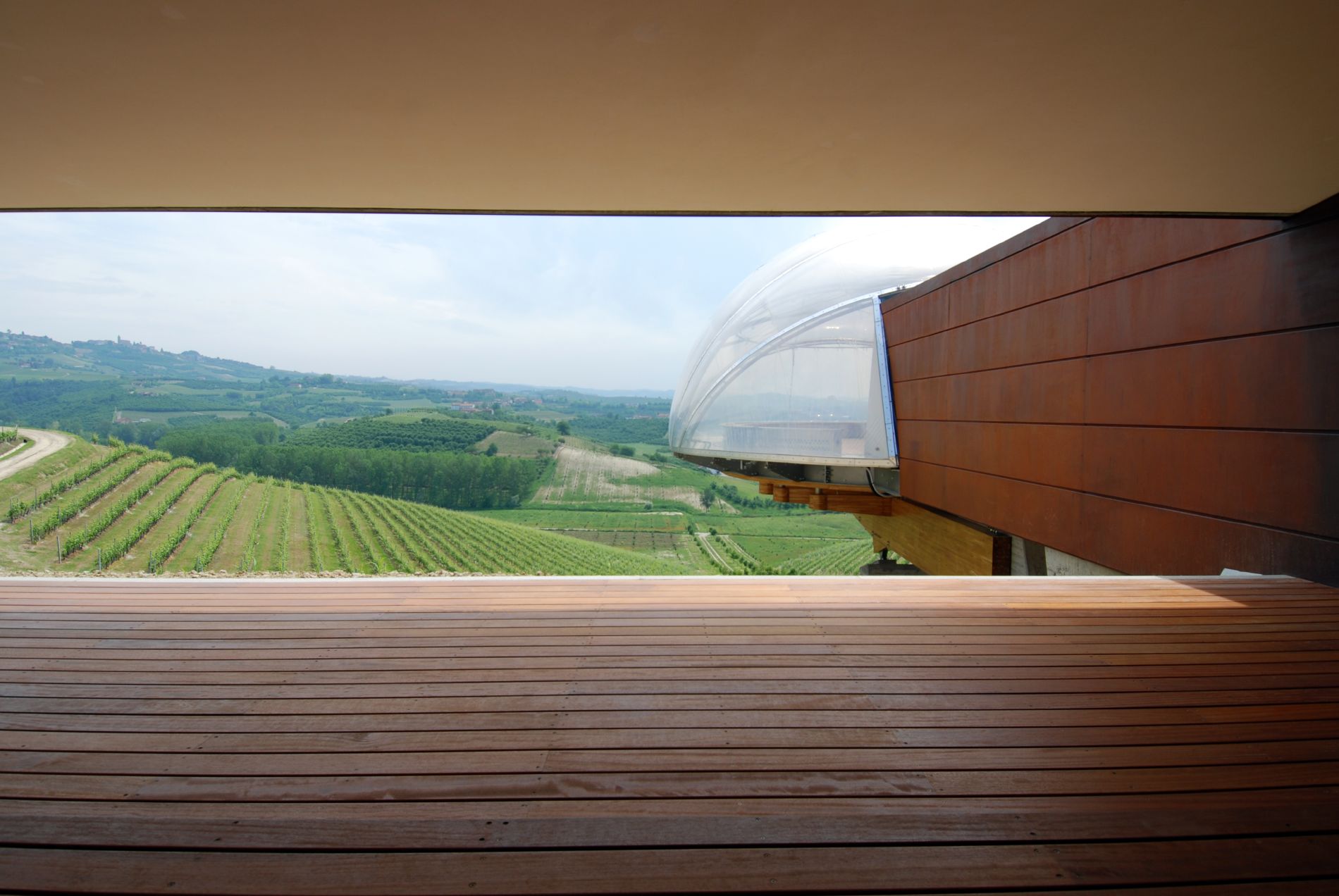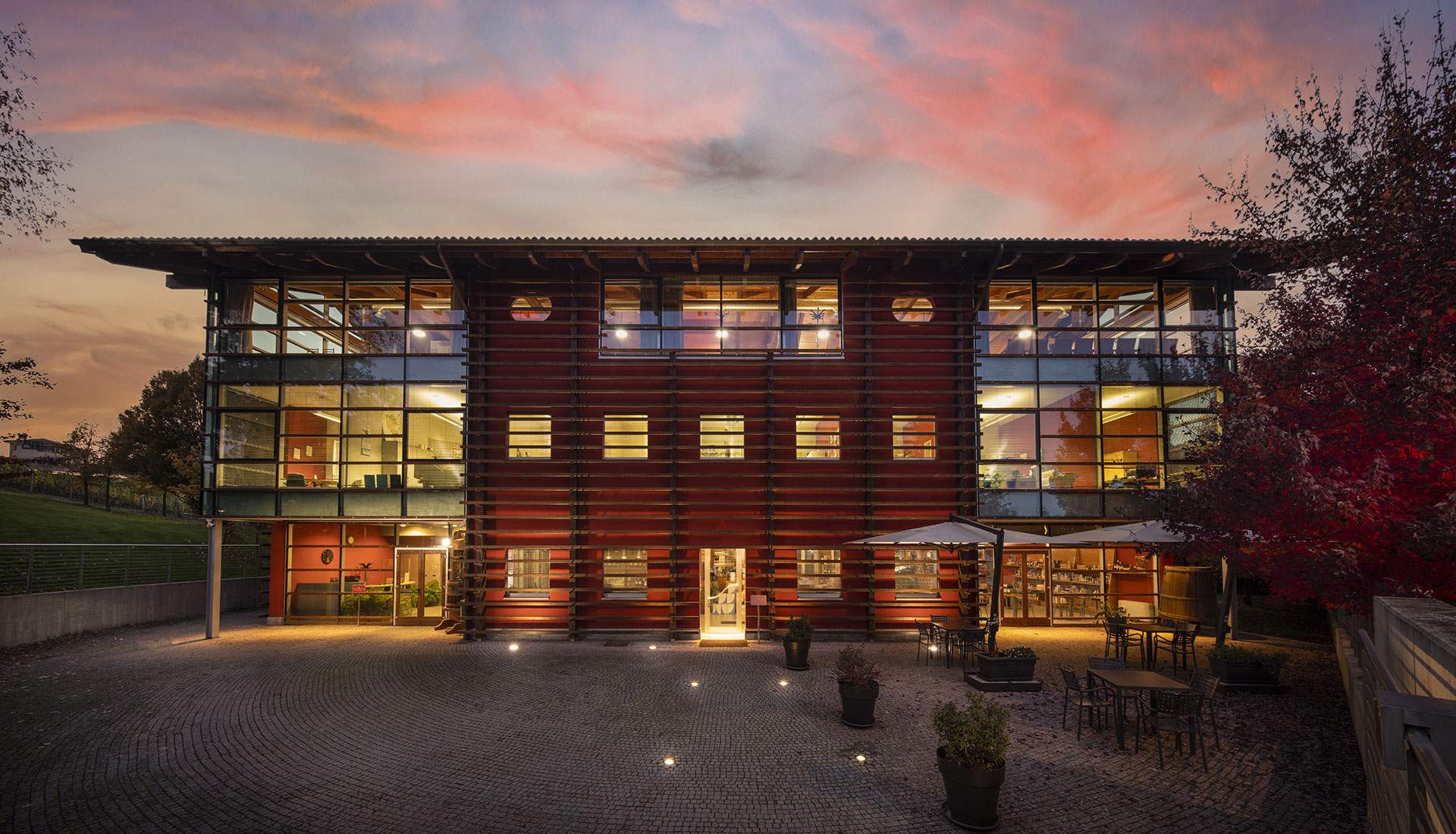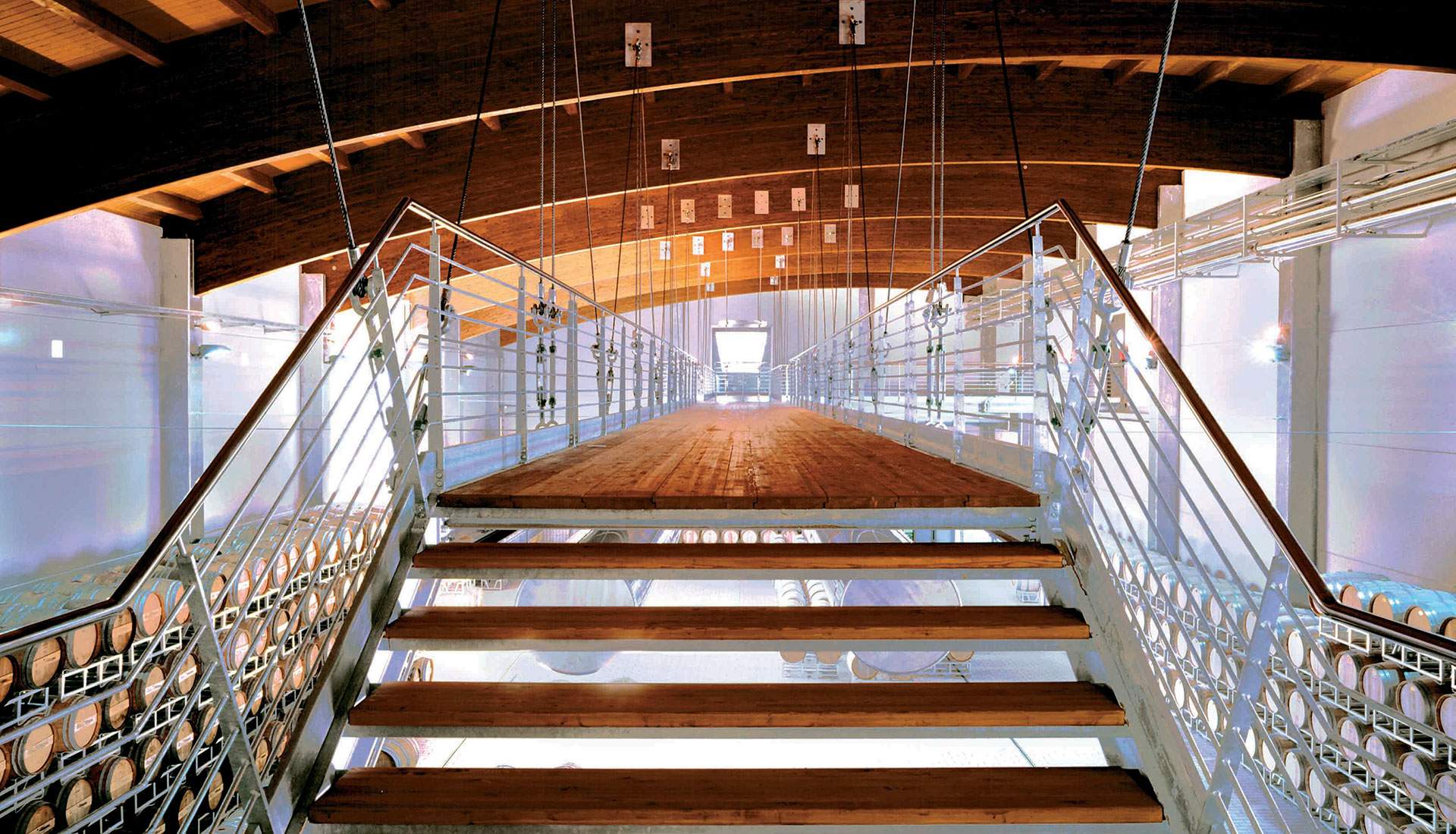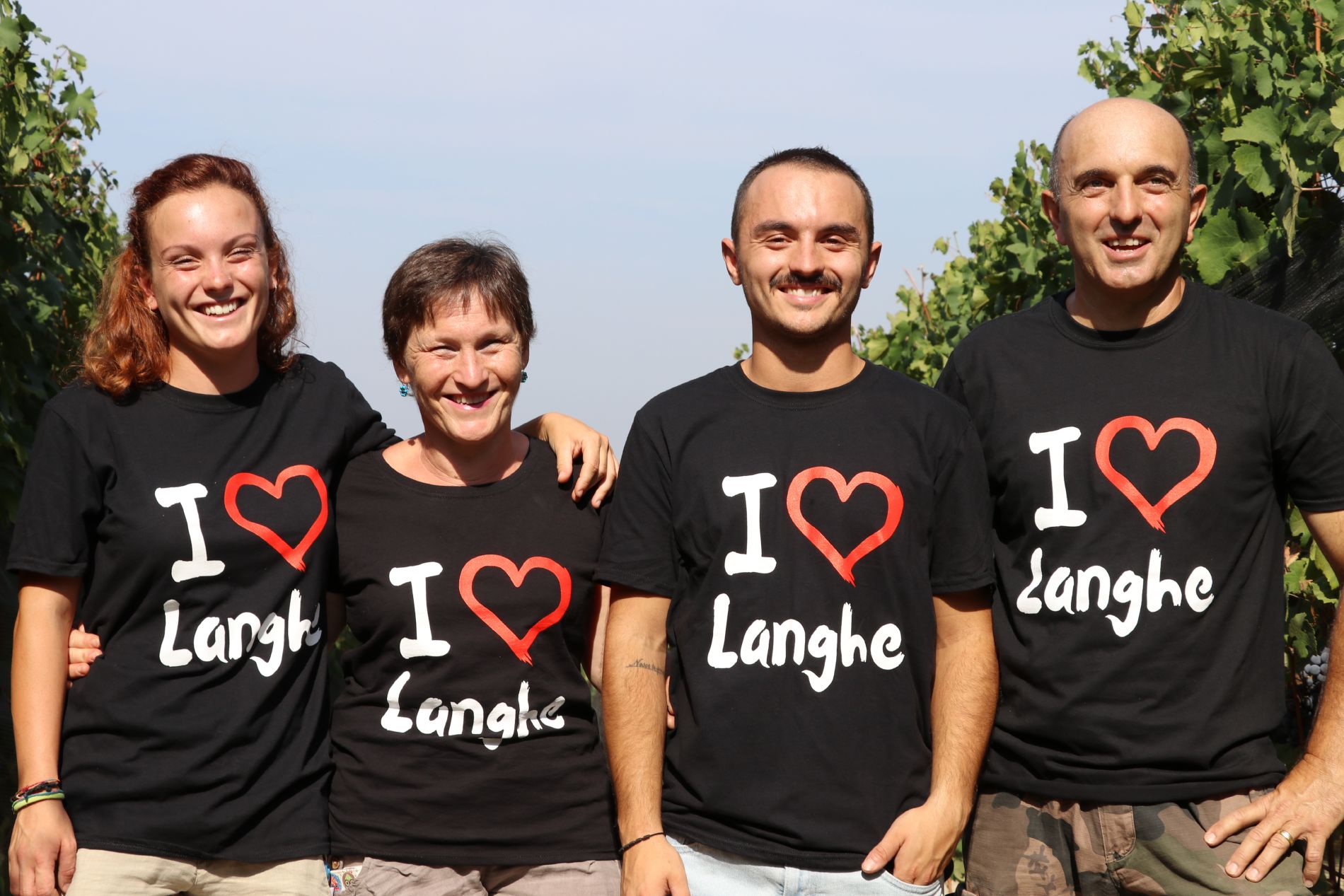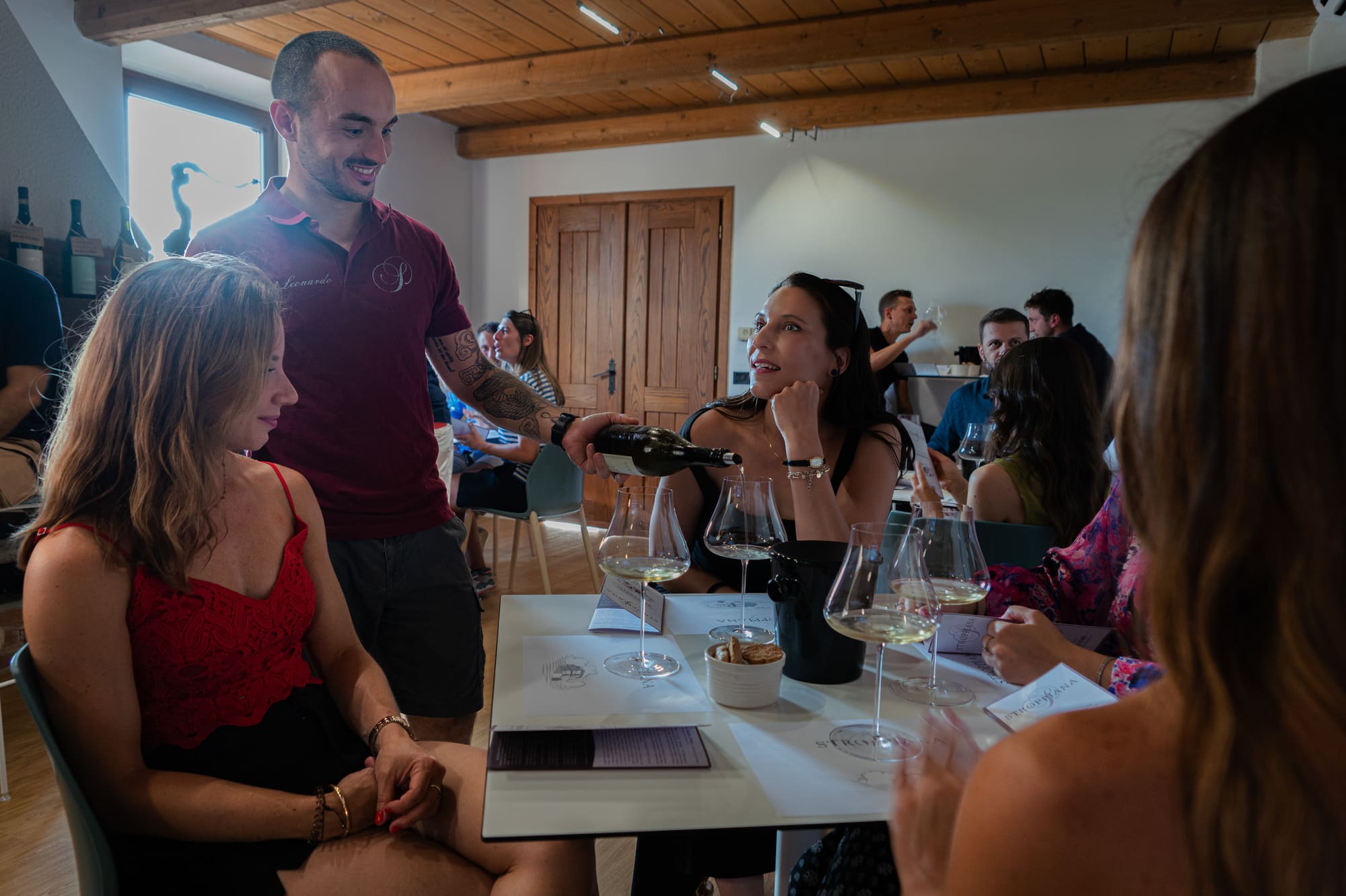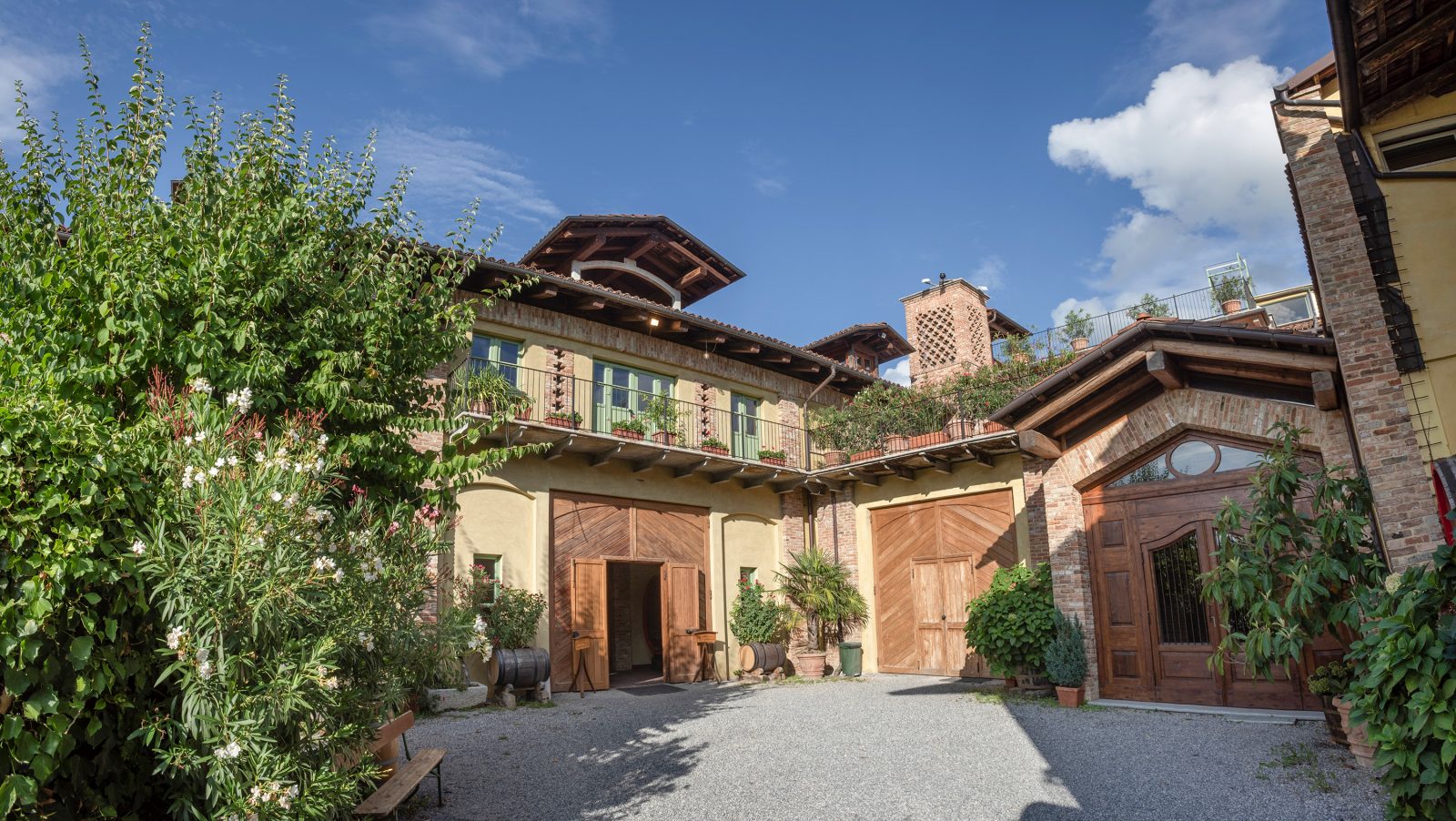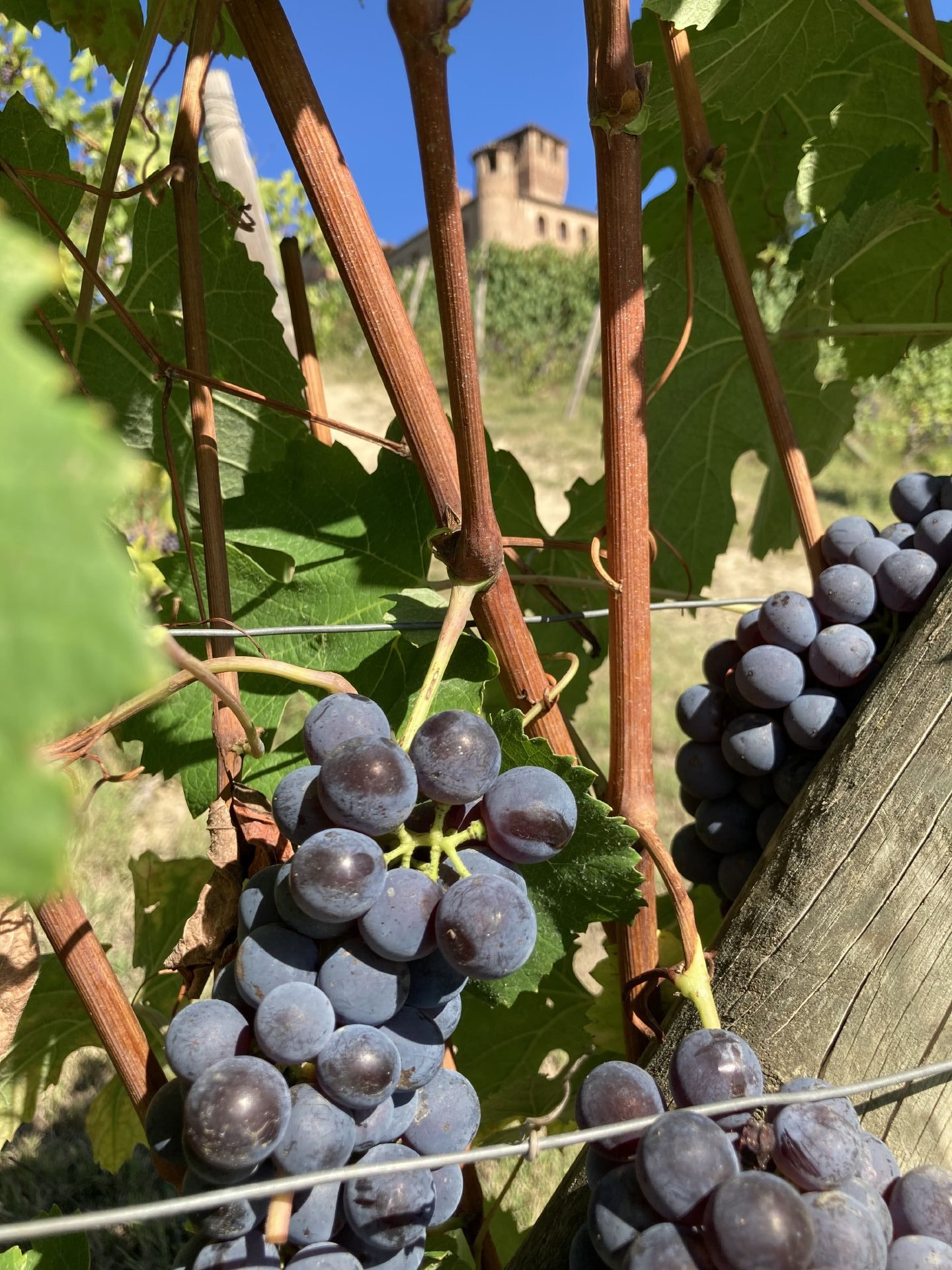Wandering in Langa
The most famous wineries in the Langhe Find out which ones to visit in 2025


The nobility of wine is precisely this: that it is never a detached, abstract object that can be judged by drinking a glass, or two or three, of a bottle that comes from a place where we have never been.
Mario Soldati
The Langhe is a land of golden hills and vineyards that tell centuries of wine history. A winery tour is the ideal way to fully understand this area: it’s not just about tasting a glass of Barolo or Barbaresco, but immersing yourself in the traditions, secrets and stories of those who work the vines with passion. In this guide you will discover the most celebrated wineries to visit in the Langhe, perfect for an unforgettable wine tourism itinerary, including excellent tastings and unique views.
If you’re looking for the best wineries in the Langhe to visit, you’ve come to the right place. From large, historic wineries to family-owned properties, each stop will offer you a personalized experience: tastings of fine wines, visits to the most renowned crus and breathtaking views of the Langhe, Roero and Monferrato landscape.
Whether you are a wine connoisseur or an enthusiast looking for a first taste, you will find valuable insights to enrich your wine tour.
The Ceretto winery, one of the most famous in the Langhe, was founded in 1936 by Riccardo Ceretto. The famous grape “Acino,” an architectural masterpiece with a futuristic aftertaste, stands out over their estates and already offers a first taste of their philosophy.
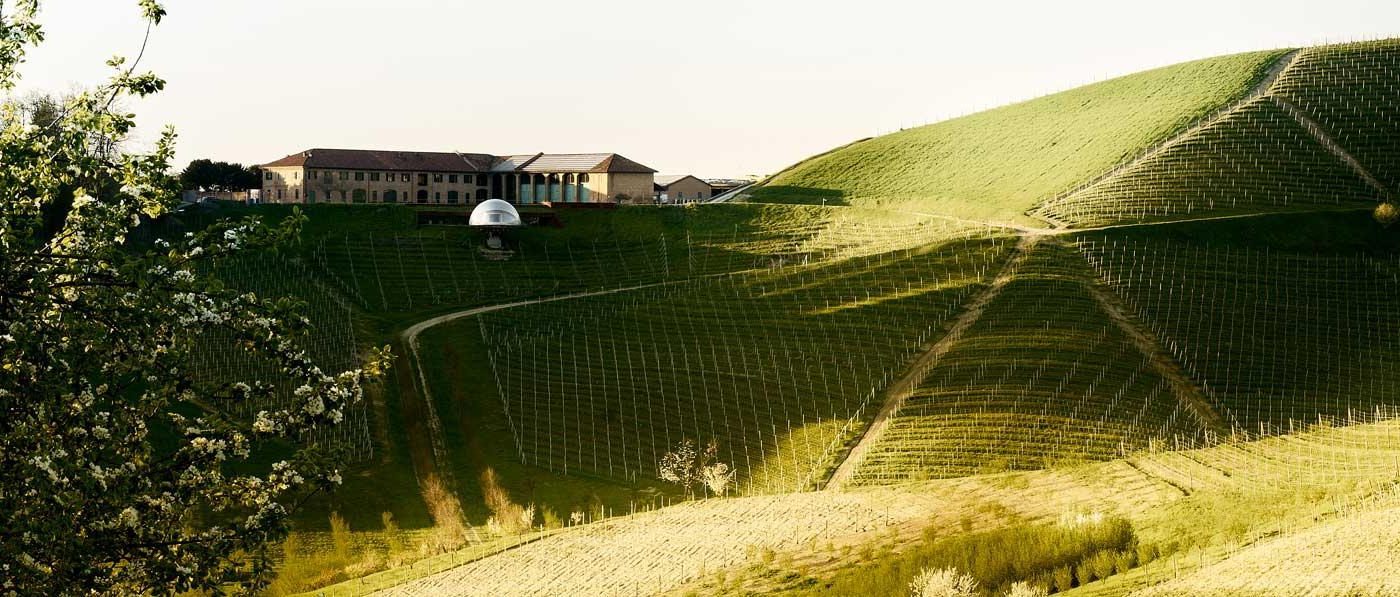
The winery has pioneered the use of sustainable and organic viticulture techniques and produces some of the best wines in the region. A visit to the winery includes a tasting of their fine wines, including Barolo, Barbaresco, Dolcetto and Moscato d’Asti. The winery also offers a culinary experience, with traditional Piedmontese dishes accompanied by a selection of wines.
For those who love contamination.
The winery tour includes:
Cantine Coppo is a world-renowned winery located in the town of Canelli, in the Asti area, and was one of the first in Italy to bottle wine under its own brand name.
Founded in 1892, the winery covers 27 hectares of vineyards and its main core is in Monferrato.
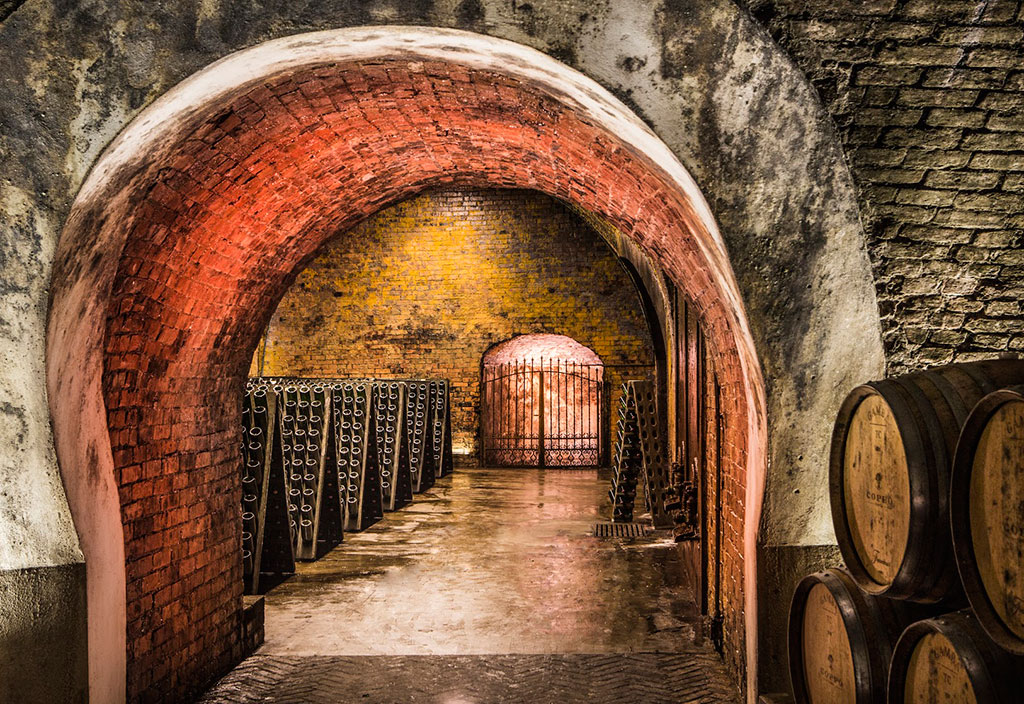
Its uniqueness, however, is hidden inside: in its basement there are, in fact, a series of ancient tunnels dug by hand into the tuff, called“infernot,” which are so striking that they became a UNESCO World Heritage Site in 2014 and have allowed the wine to be perfectly preserved.
For those who never cease to wonder
Here you will be able to:
The Marchesi di Barolo winery is one of the oldest and most prestigious in the region, founded in 1807 by the Marchesi Falletti family. Located in the heart of the area’s iconic wine, for six generations the winery has produced some of the Langhe’s most celebrated wines, including Barolo, Barbaresco, Barbera d’Alba and Dolcetto.
The visit includes a tasting of their wines and a tour to the historic underground cellars, where the wines are aged in oak barrels.
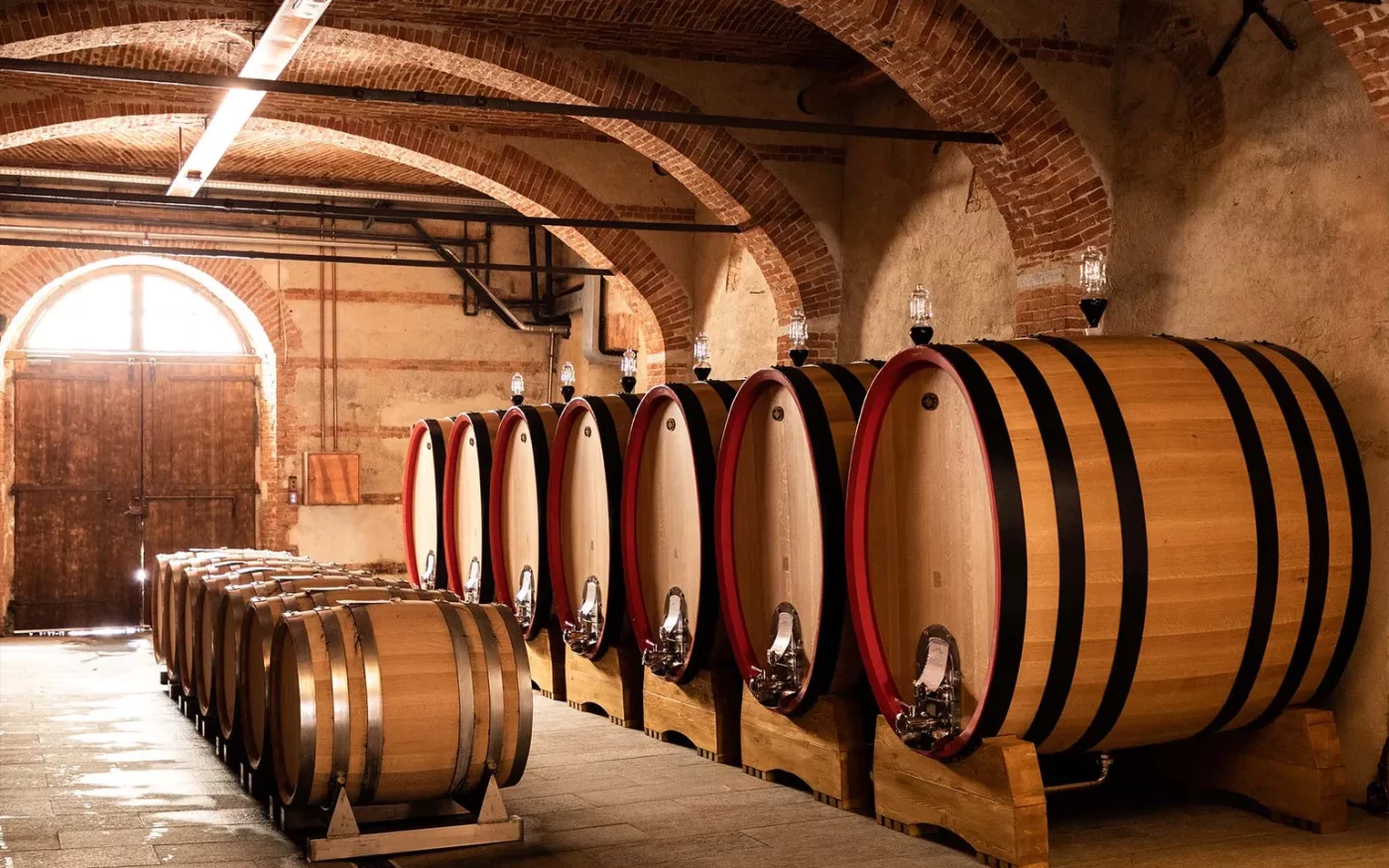
Here you can still admire the five barrels of Marchesa Giulia Falletti Colbert and the collection of rare bottles of Barolo Riserva from the late 19th century.
For those who love tradition.
Highlights of the visit:
Poderi Luigi Einaudi is a farm founded in 1897 by the President of the Italian Republic, Luigi Einaudi, in the heart of the Langhe, in Dogliani.
The farm began as a wine estate, but in later years it expanded to become a full-fledged farm, also growing grains, hazelnuts and other crops counting 13 farms of about 70 hectares.
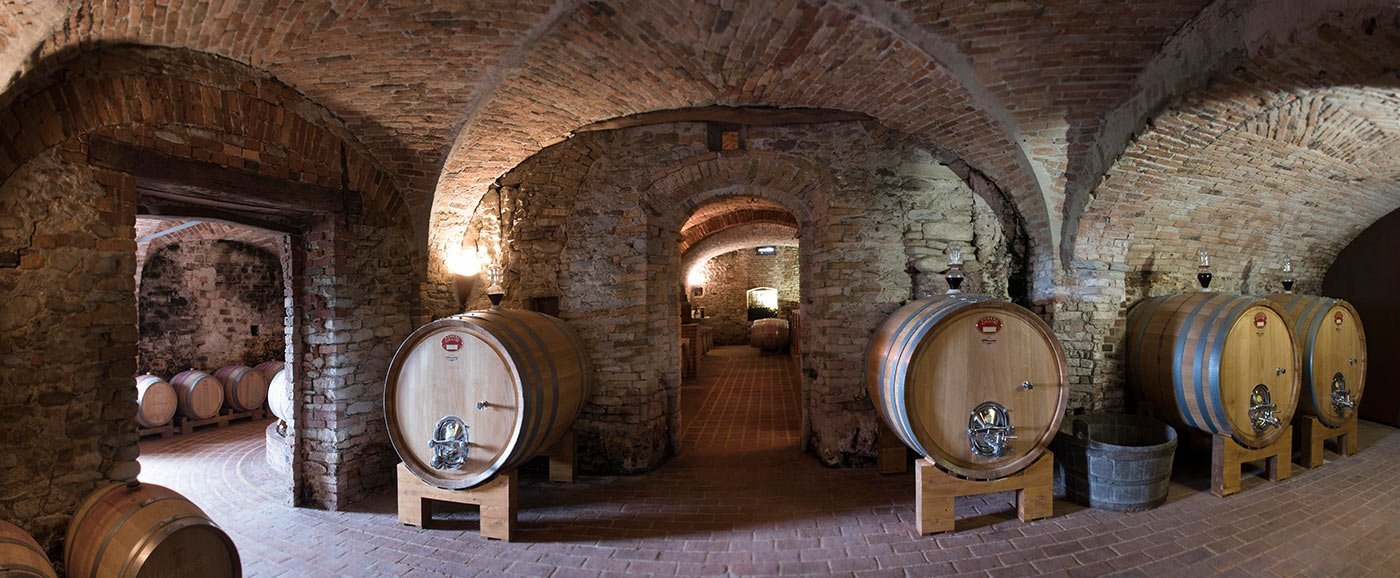
In 1998, Poderi Luigi Einaudi obtained “Organic Farm” certification for the production of wine, olives and hazelnuts.
Today, Poderi Luigi Einaudi is run by the fourth generation of the Einaudi family and produces a wide range of wines, including the famous Barolo, but also Barbera, Langhe Nebbiolo and other white wines such as Roero Arneis.
For those who live history with an eye to the future.
During the visit you will be able to:
Curiously evocative in name, the winery was established in 2007 by Sandra Vezza, “the repentant teetotaler” herself.
The winery’s architecture is characterized externally by two large stacked blocks reproducing two wine crates and surrounded by the rows of vines of its production.
Not only externally but also internally it is capable of amazement: large multicolored murals, Gufram design pieces like an unconventional and dreamlike pop dream combined with the quality of wines from original labels for whites and reds such as Barbera, Nebbiolo, Nascetta and Dolcetto.
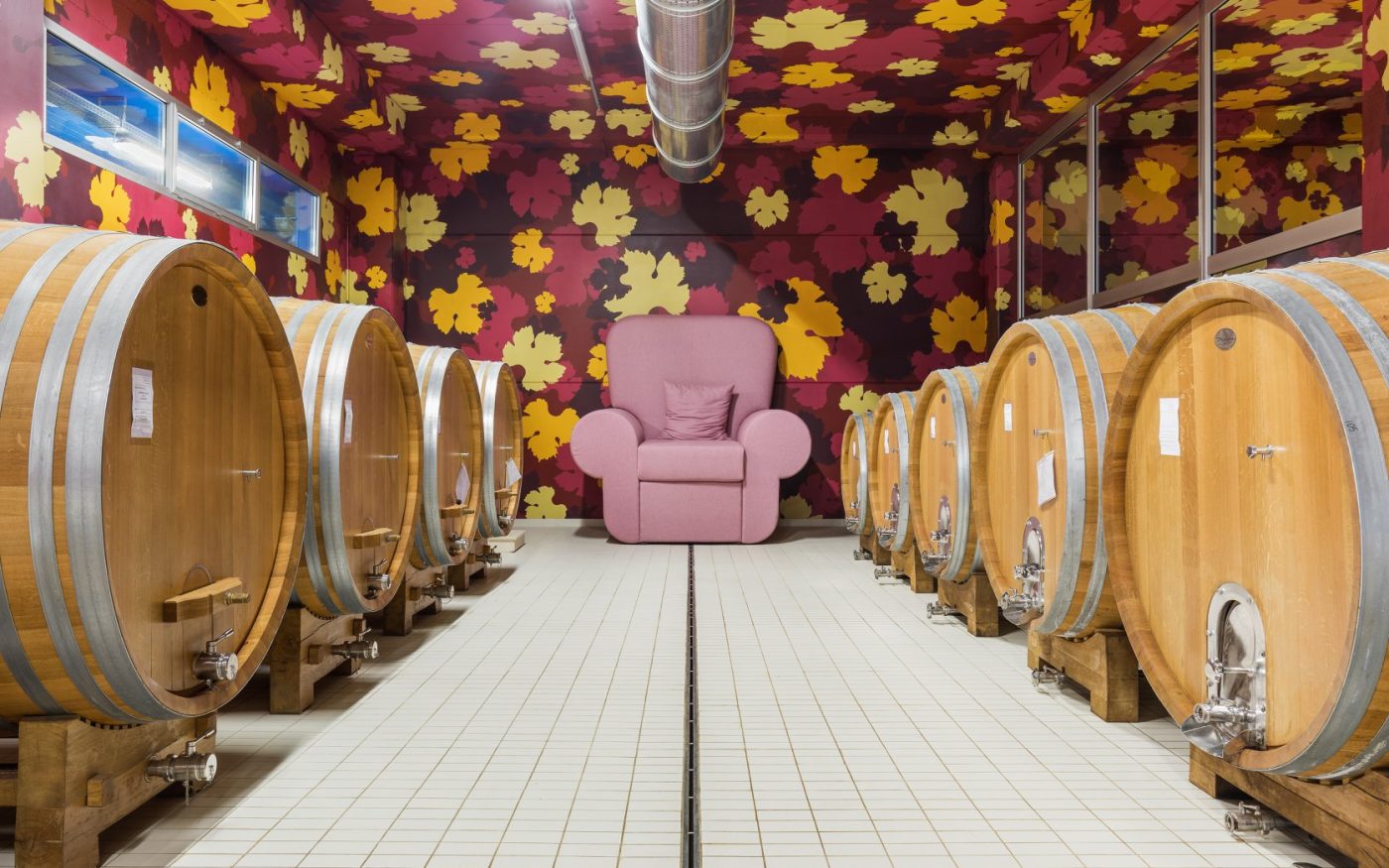
The winery is committed to environmental sustainability and uses organic and biodynamic farming techniques to cultivate its vineyards. It is also dedicated to the preservation and recovery of native grape varieties in the area.
For those who love contemporary art.
Highlights:
However, there are not only well-known companies such as those listed: it is beyond enriching to visit small local producers who will give you a welcome that is perhaps less “prestigious,” but certainly more familiar and genuine. Below are some suggestions!
Vite Colte wine shop in Barolo offers tastings, wine shop and typical Piedmontese cuisine in a refined setting. Connected to the Vite Colte winery, it combines innovation and tradition for an authentic experience among the great wines of the Langhe.
In Barolo, inside the modern Vite Colte winery facility, the Enoteca is a landmark for wine lovers.
Thanks to Diego and Carlotta‘s management, guests can immerse themselves in a refined, bright and welcoming environment.
The Enoteca is not only the ideal place to discover the wines of the production, but also a space dedicated to taste, where you can stop for a guided tasting or a typical lunch.
The kitchen, open from 12:00 noon to 2:00 p.m., offers dishes inspired by the Piedmontese tradition, which can be enjoyed both inside and in the outdoor seating area.
All Vite Colte labels on display can be purchased or sent directly home, offering guests the chance to take a piece of their winery experience with them.
You can read more about Vite Colte here.
The winery adopts production and management practices based on three key areas social solidarity economic efficiency and ecological responsibility
An ideal wine to enjoy with classic Piedmontese desserts.
The architectural project combines design eco-compatibility and a careful selection of materials
Guided tour and tasting in a family winery, where Dario, Stefania, Leonardo and Altea will welcome you as if you were at home, and will try to teach you everything they know
The Stroppiana winery in La Morra can boast an increasingly rare feature in the wine making world: a business that is family run from beginning to end.
Dario, Stefania and his two children Leonardo and Altea, recognizing the potential of each individual member, share the entirety of the work and collaborate to carry on the family business: Dario follows his father’s heritage by taking care of the vineyards and the vinification, with the help of his wife who supports him in the vineyard.
Leonardo, a graduate in Business Management, is preparing to manage the company from a commercial point of view, while Altea prefers open air and manual labor, which she is learning with passion from his father.
You can read more about Stroppiana here.
A guest delves into the history of the Stroppiana winery during the tasting, accompanied by a glass of white wine that expresses the quality of the family vineyards
You will always find one of us to welcome you in the cellar, the same ones who work there every day!
A group of wine enthusiasts immerses themselves in the stories and flavors of the Stroppiana winery during a collective tasting, enhanced by high-quality wines and local products
The company, which is located in La Morra, produces a wide selection of wines from the Langhe. You can visit the winery, participate in guided tastings, cooking classes and various events.
The peasant origins of the Marrone family are originally to be located in Cascina Carlot, in the Madonna di Como hamlet, in the municipality of Alba.
Today the business is based in La Morra, to be precise in the Annunziata hamlet, among the UNESCO hills, places known all over the world and capable of offering breathtaking views and food and wine excellence.
The road to the winery offers the panoramic views that are most frequently chosen to represent this territory.
From here, in a few minutes you can reach the villages of La Morra, Barolo, Verduno and Alba, the capital of the White Truffle.
The reception is carried out directly by the owners: father Gian Piero, mother Giovanna and the three daughters Denise, Serena and Valentina.
Parking is available both adjacent to the company and not far away in the church square.
The guest is guided in the tour of the cellar and in the discovery of the numerous wines of the production with the possibility of carrying out special experiences such as cooking classes, dinner in the aging room and viticulture lessons.
You can read more about Marrone here.
Marrone’s wines are aged in cellars located in the Annunziata district of La Morra
The hills of the Unesco Langhe and the centuries-old Cedar of Lebanon, one of the most admired and photographed spots
This is how the Marrone farm presents itself to the tourist who arrives there
At the foot of the castle of Grinzane Cavour, the Pelissero family produces the great wines typical of the Langhe and Roero.
Right at the foot of Grinzane Cavour Castle in the Lower Langa region of Italy, Cantina del Conte’s Wine Shop welcomes visitors from all over the world and guides them to discover the wines they produce.
Opened now more than 40 years ago, in 1980, the store is now run by the fourth generation of the Pelissero family.
However, the link between the family and wine is much older: it all began in 1921, when Francesco, grandfather of the current owners, bought the farmstead owned by Marchesa Alfieri in which the business still resides today. With it the first vineyards.
Entrepreneurial skills and a great love for the land led his son Sergio, at the turn of the 1960s and 1970s, to expand the estates and inaugurate the store.
Today Sergio, despite his 87 years of age, continues to follow the production and hospitality stages with passion, with the help of his daughter Daniela and grandchildren Luca and Francesca.
You can read more about Cantina del Conte here.
Cantina del Conte is the ideal place to learn about the different varieties of wine typical of Piedmont
Sergio believes in the importance of letting the individual grape variety speak for itself, a philosophy then passed on to the following generations
The wineries of the Langhe are true temples of wine, where you can discover the secrets of producing some of Italy’s finest wines. In addition to tastings, these wineries offer the chance to immerse yourself in the history and culture of the area, with guided tours that take you on a discovery of winemaking methods, the barriques in which the wines are aged, and the vineyards where it all began.
A visit to wineries in the Langhe is not only an opportunity to taste wines of the highest quality, but also to connect with the wine culture of Piedmont. Each winery has a unique story to tell and offers customized tours that will allow you to explore the secrets of local winemaking. Some of the most famous wineries also offer gastronomic experiences, where you can pair wines with traditional Piedmontese dishes.
Visiting the wineries of the Langhe is an experience that goes beyond just wine tasting. It is a journey through tradition, culture and unique landscapes that will leave you with unforgettable memories. If you want to discover where Italy’s most celebrated wines are born, this is the place to start. Plan your visit now and get ready to experience an enological adventure among the hills of the Langhe.
